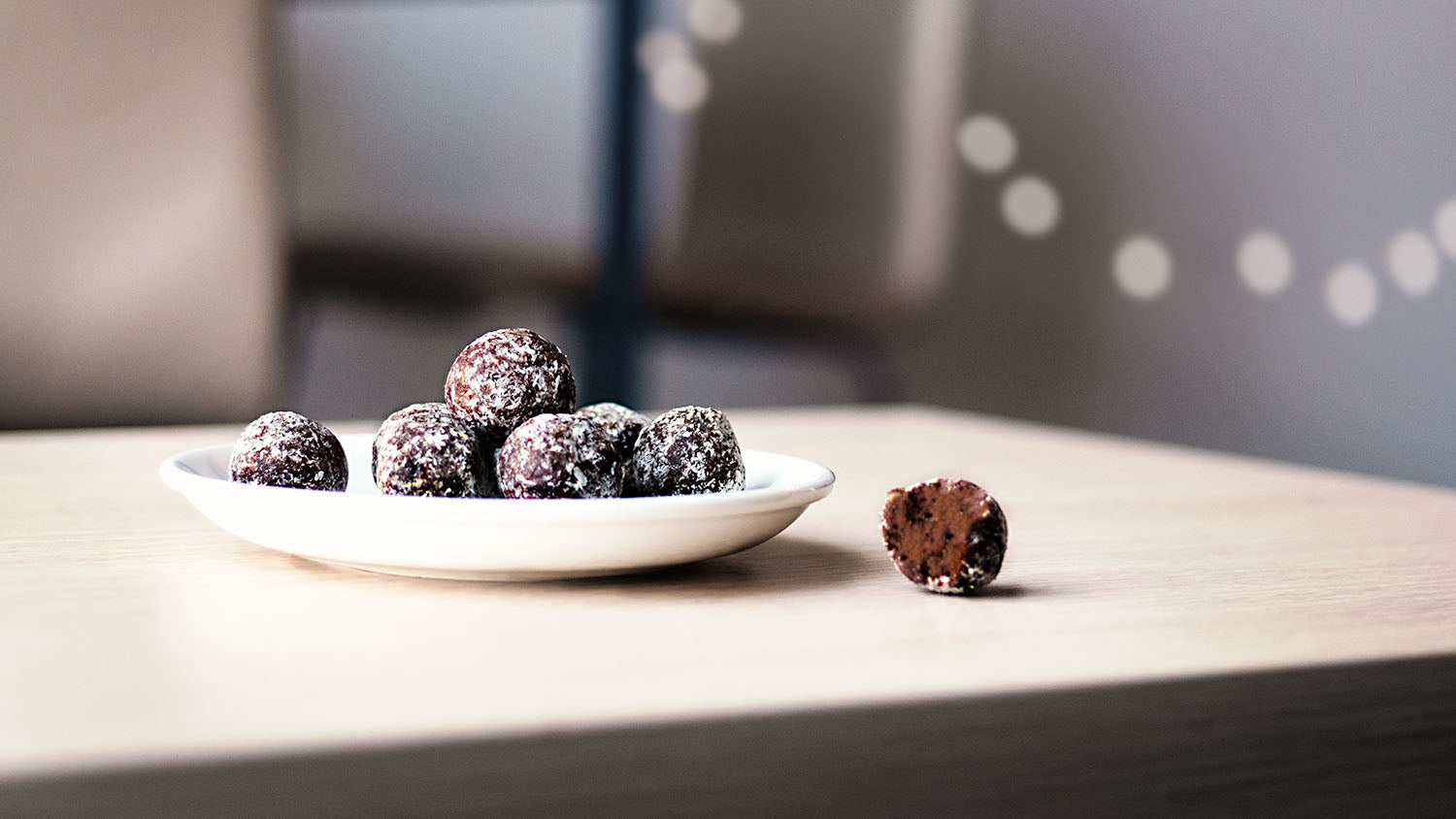Bovine or marine collagen? It can seem so confusing, with misinformation bubbling up from every corner of the internet, so please allow us a minute or two to clarify the situation. For nearly 20 years Puraz has focused on bovine collagen, but this was not an easy or random decision for us. We did a LOT of research into which type of collagen gets the job done and here are some of the main reasons why we think bovine collagen is a clear winner over marine collagen.
1. The collagen composition is more similar to human skin.
There are 28 different collagen protein types - each showing structural differences which allow them to perform different roles in the body. The collagen types most relevant to skin health are type I and type III. Human skin is about 80% type I collagen and 15% type III.
Type I collagen has a strong, rope-like structure. It is found where high-tensile strength is needed, such as in skin, teeth, bones, cornea, fascia and tendons.
Type III collagen, also known as reticulin, forms a web like structure that gives strength to structures that experience pulling from different directions, such as skin, arteries, the uterus and the intestinal wall, where it is present in high quantities. Type III collagen has a role in the early stages of wound healing, where it converts to type I, and may be a major player in the gut health benefits of collagen supplementation.
Bovine collagen from skins and hides contains both types of collagen, in a ratio similar to youthful human skin. Marine collagen generally contains only type I collagen.
2. Proline and hydroxyproline.
These two amino acids make up about 25% of collagen, being the most abundant amino acids after glycine. Hydroxyproline in particular is important as a crucial component of collagen and the protein elastin.
Bovine collagen contains 14% more proline and 41% more hydroxyproline than marine collagen.
3. Bioavailability.
Our collagen is ‘hydrolysed’ by enzymes, hence the term ‘hydrolysated collagen’. This process breaks the original collagen protein into short chains of amino acids known as bioactive collagen peptides. These are easily absorbed and distributed in the human body, being either broken down into individual amino acids for absorption through the gastrointestinal tract, or absorbed directly as peptides.
The highest bioactivity is found in collagen peptides with a molecular weight of between 2000 and 5000 daltons, which accounts for all of the peptides in our collagen products.
Absorption studies show up to 95% absorption within 12 hours of ingestion of collagen peptides within this molecular weight range and up to 10000 daltons. There is no verifiable evidence that marine collagen is absorbed more efficiently that bovine collagen hydrolysate.
4. Expense.
There are a few reasons why marine collagen is more expensive: there is less of it available for a start, and as with all fishing, sourcing can be affected by issues of sustainability. Fish also have relatively less collagen than land animals and the process of extracting that collagen (particularly if scales are a source) is more intense.
Although it wasn’t the focus of this article, bovine collagen peptides are also our favourite for joint health, where we utilise the type II ‘spongy’ collagen.
Hopefully we’ve provided you with a bit of an insight into why bovine is our preferred collagen for skin health, radiance and firmness. We’re constantly keeping up to date with the highest quality ingredients and the research behind them.
Buy Puraz Collagen Infusion today and save 50% with the first month's supply








